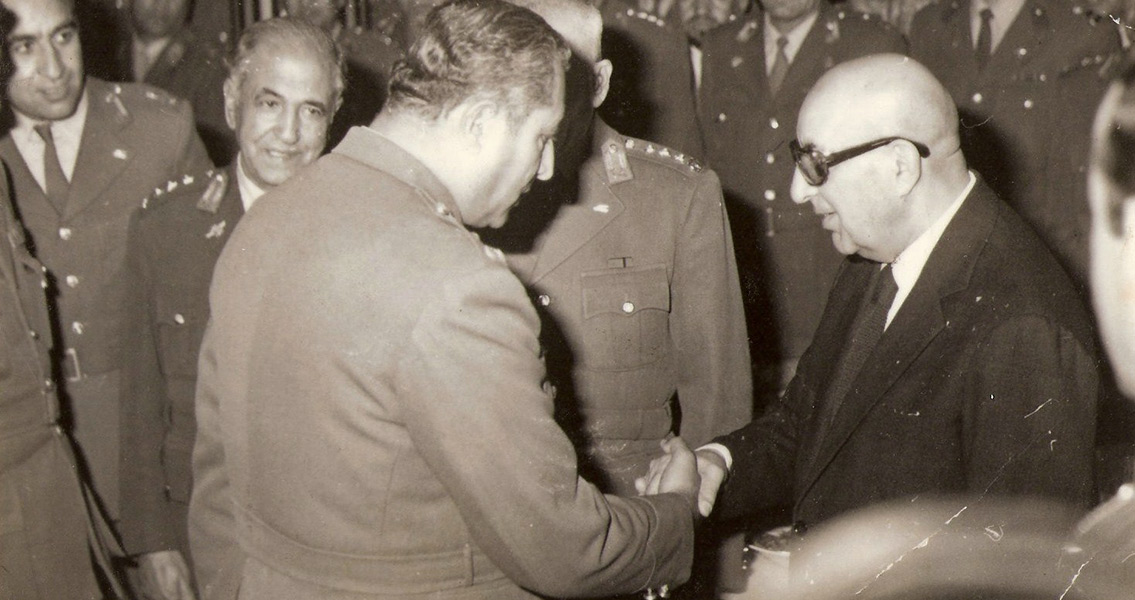<![CDATA[The 27th April marks the anniversary of the start of the 1978 Communist Revolution in Afghanistan. Often referred to as the Saur Revolution, in reference to the month in the Afghan calendar when the revolution took place, the event proved to be the catalyst for decades of unrest and bloodshed in the central Asian country. Throughout its history, Afghanistan has come under the influence of a variety of different groups, including Iranians, Greeks, Mongols and more recently, the British and Russian Empires. In 1747 the Durrani Empire was established, with Ahmed Shah Durrani as its head. Descendants of Durrani's tribal confederation would go on to rule Afghanistan into the twentieth century. During the nineteenth and early twentieth century, Afghanistan frequently found itself in conflict with British and Russian imperialism, with sections of the country coming under the rule of the British Empire at various stages. The borders of modern Afghanistan were gradually formed from this three way conflict between the imperial interests of Russia and Britain, and the people of Afghanistan. In 1921, army leader Amanullah Khan led a successful uprising which resulted in independence from the British Empire. Mohammed Zahir Shah became king in 1933, following the assassination of his father. King Zahir Shah ruled until 1973, his reign was characterised by lavish spending on palaces for himself alongide a neglect of the country's infrastructure and frequent periods of famine and starvation. Zahir Shah was overthrown by a bloodless coup led by his cousin, Mohammed Daoud Khan. Significantly, rather than proclaiming himself King, Daoud Khan declared Afghanistan a republic, with himself as president. Daoud had swept to power with the promise of a progressive, democratic government. In practice, his government was characterised by increasing repression, particularly aimed at factions of the People's Democratic Party of Afghanistan (PDPA). In late 1977, student and worker protests in the Afghan capital Kabul were put down by authorities. Another uprising took place in January 1978, this time demanding the release of PDPA members who had been imprisoned, again, the uprising was suppressed by authorities. Over the following months tensions escalated as support for the PDPA became more apparent and Daoud persisted in his attempts to have the party silenced. The Saur revolution started when Daoud ordered the leaders of the PDPA to be arrested. It provoked a swift reaction, with PDPA members in the military beginning an uprising on 27th April. Within 24 hours the palace in Kabul had been stormed and Daoud deposed as leader. Afghanistan's Communist government was far from united. Initially led by Nur Mohammad Taraki, infighting and clashes over policy saw leaders of opposition factions within the government assigned overseas ambassadorial roles to diminish their influence in Afghanistan. Hafizullah Amin gained increasing influence and became president in 1979, after which Taraki was killed. Instability within the party was matched by brutality towards the Afghan population, with tens of thousands disappearing in this period, never to be seen again. In Decmber 1979, the Soviet Union sent the Red Army to Afghanistan with the intention of securing the increasingly unstable Communist government. Amin was killed, and Babrak Karmal brought in as president. It signalled the start of years of strife and tragedy in Afghanistan, which continued well beyond the withdrawal of the Soviet Union in 1992. As was the case elsewhere in the second half of the twentieth century, Afghanistan found itself at the centre of the Cold War. The US provided support to the Mujahideen resistors of the Soviet Union, and Afghanistan became a battle ground. The history of Afghanistan is a complex one that inspires passionate discussion and fierce opinion. Contentious debates still rage about the atrocities of both Communists and the Mujahideen in the country. What is clear, however, is that the Saur revolution started in 1978 initiated one of the most tragic periods in Afghanistan's history. Image courtesy of Wikimedia Commons user: Safi1919]]>
Communist Revolution in Afghanistan
